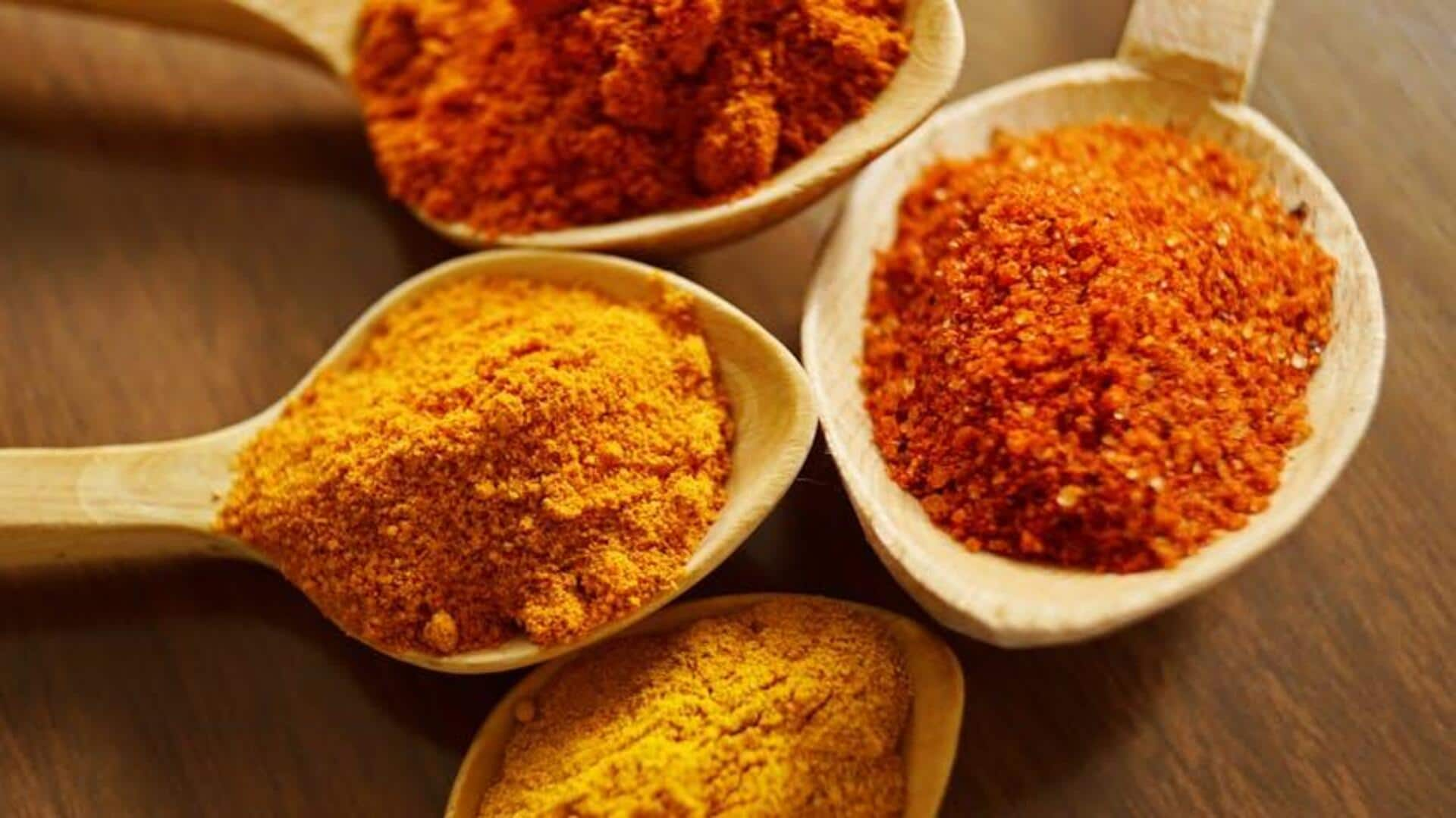
Spice layering 101: Tips to master the technique
What's the story
Spice layering is an essential technique in Indian cooking that elevates the flavor profile of dishes. It involves adding spices at different stages of cooking to build depth and complexity. By mastering this technique, you can achieve authentic Indian flavors in your home kitchen. Here are some tips on how to effectively layer spices for maximum impact, ensuring your dishes are both aromatic and flavorful.
Tip 1
Start with whole spices
Starting with whole spices is the key to releasing their essential oils and flavors. Add them to hot oil or ghee at the beginning of cooking. This allows the spices to infuse their aroma into the oil, which will later coat the other ingredients. Whole spices like cumin seeds, mustard seeds, and cardamom pods are commonly used for this purpose.
Tip 2
Use ground spices wisely
Ground spices should be added after whole spices have released their flavors. Adding them too early can lead to bitterness or loss of aroma. Add ground turmeric, coriander, or cumin powder after the onions or tomatoes have softened. This way, they blend well with other ingredients without overpowering them.
Tip 3
Layering herbs for freshness
Fresh herbs like cilantro and mint should be added towards the end of cooking for a burst of freshness. They complement cooked spices by adding a contrasting note that brightens up the dish. Chop them finely before adding to ensure even distribution throughout your dish.
Tip 4
Adjusting spice levels gradually
Gradually adjusting spice levels gives you control over the heat and flavor intensity in your dish. Start with mild spices like coriander powder before moving on to hotter ones like red chili powder or black pepper. Tasting as you go allows you to balance flavors effectively without overwhelming your palate.
Tip 5
Balancing flavors with acidity
Adding acidic elements like lemon juice or tamarind paste can balance out rich flavors from layered spices. These elements add tanginess that cuts through heavy textures in curries or stews. Add them towards the end of cooking so they retain their brightness without losing potency through prolonged heat exposure.